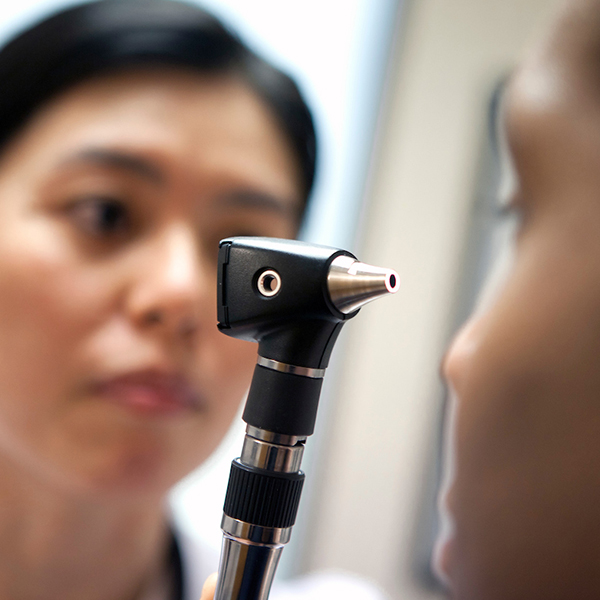Mono (Mononucleosis)
Overview and Facts about Mono (Mononucleosis)
Mono, short for mononucleosis, is a contagious illness caused by the Epstein-Barr virus, or EBV. It is one of the most common human viruses, and most adults have been exposed to it and built up antibodies that will prevent them from getting the illness.
However, teenagers and young adults have not, and thus mono typically affects those populations.
Mono is sometimes referred to as “the kissing disease” because it is spread through contact with saliva.
While mono is not considered a serious health risk, the symptoms can be severe enough to interfere with one’s normal activities for several weeks.
Signs and Symptoms of Mono (Mononucleosis)
Once a person contracts EBV, it will take 4 to 6 weeks for symptoms to develop, many of which are similar to those of the common cold or influenza.
Extreme fatigue is one of the main symptoms, while others include the following:
- Chills
- Fever of 100-103° F
- Headache and/or body aches
- Loss of appetite
- Pain in the upper left side of the abdomen, which indicates an enlarged spleen
- Skin rash
- Sore throat
- Swollen lymph nodes, especially in the neck
- Swollen tonsils
In extreme cases, the spleen will rupture, causing a sudden, sharp pain in the upper left side of the abdomen. This requires immediate medical attention.
Causes and Risk Factors of Mono (Mononucleosis)
Mono is spread via contact with the bodily fluids, especially saliva, of a person infected with or carrying the virus.
While kissing is one way of contracting mono, sharing a glass or utensils with someone who has mono, or being exposed through coughing or sneezing can also put someone at risk.
Tests and Diagnosis of Mono (Mononucleosis)
A primary care physician can diagnose mono based on symptoms and by performing an exam, which will include looking for signs of a swollen spleen, lymph nodes or tonsils.
Certain blood test may also be ordered to help confirm the diagnosis. A monospot test can detect antibodies that appear during an HBV infection, although it sometimes yields a false negative during the first week of infection.
A complete blood count may also be done to check for a heightened white blood cell count, which may support a mono diagnosis.
Treatment
Mono goes away on its own, usually in 2 to 4 weeks, but the length of time varies for each person, with some continuing to feel symptoms for up to 3 to 6 months.
Treatment focuses on relieving these symptoms. Primary care doctors recommend:
- Drinking lots of water and other fluids
- Getting plenty of rest, especially in the first week or two
- Taking ibuprofen or acetaminophen to help relieve muscle aches and fever
- Using cough drops or gargling with salt water several times a day to relieve a sore throat

Request an Appointment
Our primary care physicians care for the overall health of the whole family, providing checkups and routine medical exams. We’ve made it easy to see a Loyola Medicine primary care provider with a variety of appointment options.
Immediate Care Virtual Visits now available!
Schedule a Telehealth Appointment
